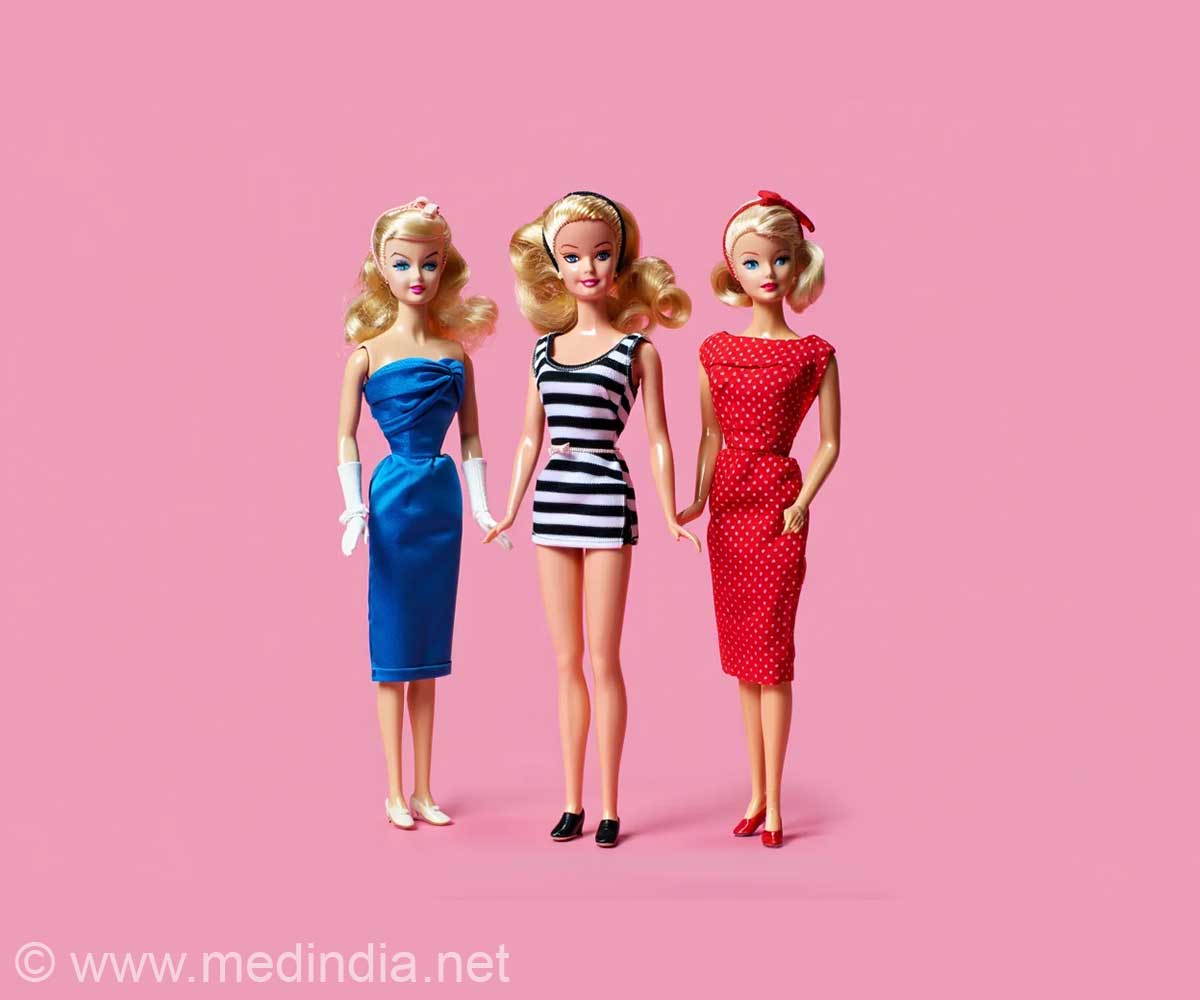Barbie trades stilettos for sneakers, symbolizing a broader social shift toward strength, inclusion, and authentic representation in girls’ toys.

She was born in the year 1959, with an eternal grin, sky-high heels, and the tiniest of waists. Her feet were permanently arched as if she were always standing on the runway but never quite ready to run. She wasn’t exactly the pinnacle of strength and practicality, but for many decades, she was the pinnacle of beauty and style. Then something unexpected happened!
Barbie started to change—not just in terms of her clothes and career, but in the way she stood. Her feet, which previously took the shape of an unaltering curve, started to flatten out. And with this mild redesign came a revolutionary shift — not just how Barbie moved, but what she was meant to stand for.
A research study analyzed 36 Barbie doll models released between 1959-2023 and revealed some shocking trends related to foot posture and occupation. Beneath the plastic perfection lies a deeper narrative, one that speaks volumes about gender norms, social expectations, and the powerful role of toys in shaping young minds (1✔ ✔Trusted Source
Flat out Fabulous: How Barbie’s foot posture and occupations have changed over the decades, and the lessons we can learn
Go to source).
From Heels to Flats
For generations, Barbie’s arched feet were formed with one thing in mind: high heels! She wasn’t designed to stand flat, even if she wanted to. But in 2016, Mattel introduced Barbie dolls with flat feet; this switch might appear to be cosmetic, but it is loaded with meaning and purpose.
For years, high-heeled footwear was associated with femininity and elegance. But can you run, hike, or head a rescue party in stilettos? A flat-footed Barbie, however, could move.
This shift reflects a broader cultural movement toward function, comfort, and acceptance of women’s diverse roles and forms. It’s a quiet rebellion against the notion that beauty must come at the expense of comfort or that style and strength can’t walk side by side.
From Runway to Role Model
Barbie had very few career options in her early years, limited to occupations that solely required a focus on beauty, like pageant queen, ballerina, or model. Nevertheless, she started to defy that tendency by pursuing more demanding professions like astronaut, pilot, and doctor by the 1980s. In 2023, the waxed doll has assumed over 200 roles, including those of a scientist, firefighter, and builder.
Her professional journey is not only a reflection of the trends in toys, but rather it is an embodiment of the actual progress in the world of gender equality. With women breaking barriers, Barbie did not stay behind, giving girls the impression that they could be whoever they could dream of being.
More Than Dolls; Mirrors of Society!
Toys are not merely toys; they are an embodiment of society. The study reaffirms how Barbie and other dolls influence children’s perceptions of others and themselves. When the girls are allowed to play with a Barbie in clothes that include scrubs and lab coats—flat-footed and prepared for duty—they are sneakily learning that intellect, strength, and caring are beautiful as well.
In addition, Barbie’s departure from the excessive beauty expectations (such as super tiny waists and permanently arching feet) sends an important message. It’s okay to be realistic, grounded, and comfortable in your own body. That’s strong, particularly in the generation where social media pressure is molding young identities at a frightening rate.
Barbie’s journey from a fashion-obsessed figurine to a flat-footed, multi-skilled powerhouse is more than a makeover—it’s a quiet cultural revolution in plastic! She has become a testimony of how far society has gone in rethinking femininity, strength, and success.
As Barbie steps out of her heels and into a grounded future, she carries a powerful message: true strength doesn’t need elevation, because empowered women rise on their own terms!
Reference:
- Flat out Fabulous: How Barbie’s foot posture and occupations have changed over the decades, and the lessons we can learn – (https://journals.plos.org/plosone/article?id=10.1371/journal.pone.0323719)
Source-PLOS














Leave a Reply